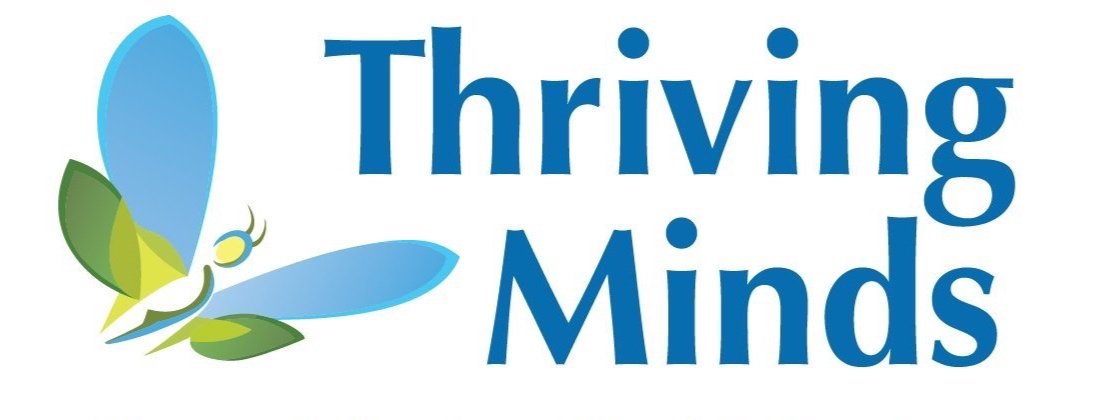What Are In-School Intensives for Selective Mutism? A Parent and Teacher Guide
For many children with Selective Mutism (SM), the school setting is the hardest place to use their voice. That’s why some families choose an in-school intensive—a focused, short-term approach where therapy happens right inside the classroom. Below, we answer common questions about how these intensives work, what to expect, and why they can be such a powerful tool for progress.
Do clinicians meet with the school beforehand?
There is usually no formal meeting before the intensive begins, but communication is essential. The clinician will connect with the school to outline the approach, explain what to expect, and provide materials such as short videos or handouts. This helps staff feel prepared and reassured before the first day.
What does the schedule look like?
Unlike traditional therapy, in-school intensives don’t follow a fixed timetable. Each plan is customized to the child and adapted throughout the day. For instance, if the classroom is engaged in silent reading, the clinician may step into another setting—such as the office or a specials classroom—where natural speaking opportunities exist. Flexibility is key: challenges are introduced, adjusted, and revisited so the child builds confidence across a variety of school situations.
How does the clinician interact with staff and students?
The approach is designed to respect classroom routines. The clinician may join a group activity and offer gentle prompts—“Can you ask Katherine about her answer?”—or, if more practice is needed, step aside to a quieter location. Think of the clinician’s presence as similar to a one-on-one aide: supportive, unobtrusive, and focused on empowering the child without disrupting instruction.
Will teachers be pulled away from their classrooms?
Occasionally, teachers spend one-on-one time with the clinician and child. This is typically arranged during natural breaks, such as planning periods, so it doesn’t interfere with the teacher’s typical classroom schedule. On the rare occasion that a teacher must step out during class, advanced notice is always given so coverage can be arranged.
What makes school-based intensives effective?
In-school intensives bring therapy directly into the child’s real-world environment, for multiple days in a row. Instead of practicing speaking in a clinic and hoping it transfers, children build skills in the very places they struggle most. This creates faster generalization, builds momentum, and helps teachers and staff learn strategies to continue using after the intensive ends. Research supports this contextual approach: skills practiced in natural settings are more likely to stick.
The Takeaway
In-school intensives are a flexible, collaborative, and evidence-based way to help children with Selective Mutism make meaningful progress. By blending therapy with real classroom experiences, they empower children to take brave steps forward—supported by their parents, teachers, and school community.
Want to learn more about school-based intensives? Check out our website.

